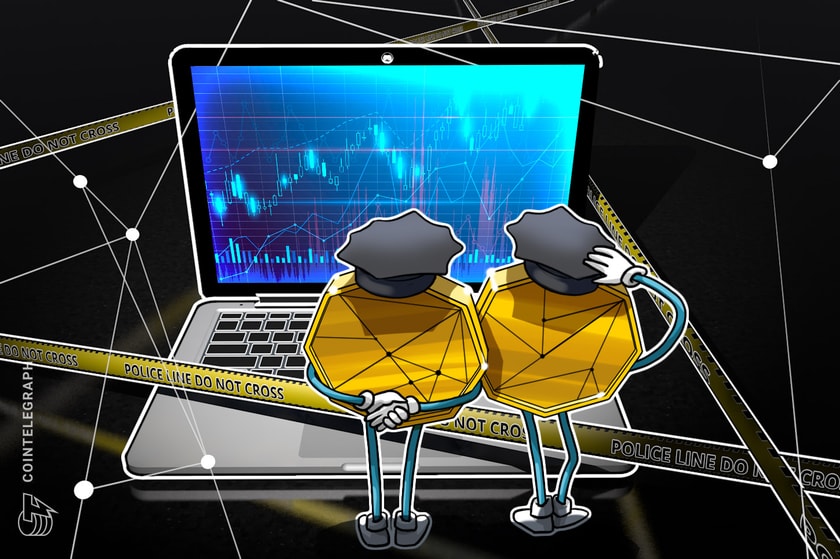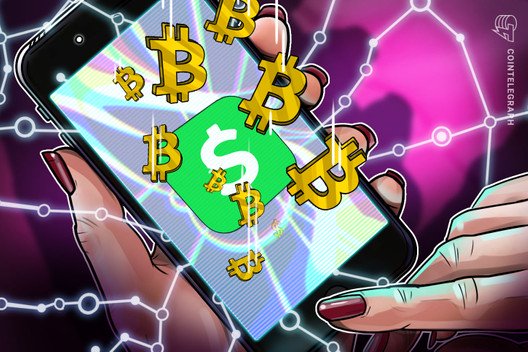This proof of concept NFT can swipe unsuspecting users’ IP addresses
Both OpenSea and Metamask have logged cases of IP address leaks associated with transferring nonfungible tokens (NFTs), according to researchers at Convex Labs and OMNIA protocol.
Nick Bax, head of research at NFT organization Convex Labs tested out how NFT marketplaces like OpenSea allow vendors or attackers to harvest IP addresses. He created a listing for a Simpsons and South Park crossover image, entitling it “I just right click + saved your IP address” to prove that when the NFT listing is viewed, it loads custom code that logs the viewer’s IP address and shares it with the vendor.
— Nick (Bax.eth) (@bax1337) January 24, 2022
In a Twitter thread, Bax admitted that he “does not consider my OpenSea IP logging NFT to be a vulnerability” because that is simply “the way it works.” It’s important to remember that NFTs are, at their core, a piece of software code or digital data that can be pushed or pulled. It is quite common for the actual image or asset to be stored on a remote server, while only the asset’s URL is on-chain. When an NFT is transferred to a blockchain address, the receiving crypto wallet fetches the remote image from the URL associated with the NFT.
Bax further explained the technical details in a Convex Labs Medium post that OpenSea allows NFT creators to add additional metadata that enables file extensions for HTML pages. If the metadata is stored as a json file on a decentralized storage network, such as IPFS or on remote centralized cloud servers, then OpenSea can download the image as well as an “invisible image” pixel logger and host it on its own server. Thus, when a potential buyer views the NFT on OpenSea, it loads the HTML page and fetches the invisible pixel that reveals a user’s IP address and other data like geolocation, browser version and operating system.
Analyst Alex Lupascu, co-founder of the privacy node service OMNIA Protocol, conducted his own research with the Metamask mobile app with similar effects. He discovered a liability that allows a vendor to send an NFT to a Metamask wallet and obtain a user’s IP address. He minted his own NFT on OpenSea and transferred the ownership of the NFT via airdrop to his Metamask wallet, and concluded finding a “critical privacy vulnerability.”
— Alex Lupascu (@alxlpsc) January 20, 2022
Related: MetaMask’s new inbuilt multichain institutional custody feature
In a Medium post, Lupascu described the potential consequences of how a “malicious actor can mint an NFT with the remote image hosted on his server, then airdrop this collectible to a blockchain address (victim) and obtain his IP address.” His concern is that if an attacker gathers a collection of NFTs, points all of them to a single URL and airdrops them to millions of wallets, then it could result in a large scale distributed denial-of-service, or DDoS attack. Having personal data leaked can also lead to kidpnapping, according to Lupascu.
He also suggested a potential solution could be requiring explicit user consent when it comes to fetching the remote image of the NFT: Metamask or any other wallet would prompt the user that someone on OpenSea or another exchange is fetching the remote image of the NFT, and informing the user that his or her IP address may be exposed.
Dan Finlay, CEO of Metamask, responded to Lupascu on Twitter stating that even though “the issue has been known for a long time,” they are now starting work to fix it and improve user safety and privacy.
That same day, even Vitalik Buterin recognized the challenges of off-chain privacy within Web3. On a recent UpOnly podcast episode, Buterin said that “the fight for more privacy is an important one. People are underestimating the risks of no privacy,” adding that the “more crypto-y everything becomes,” the more exposed we are.









